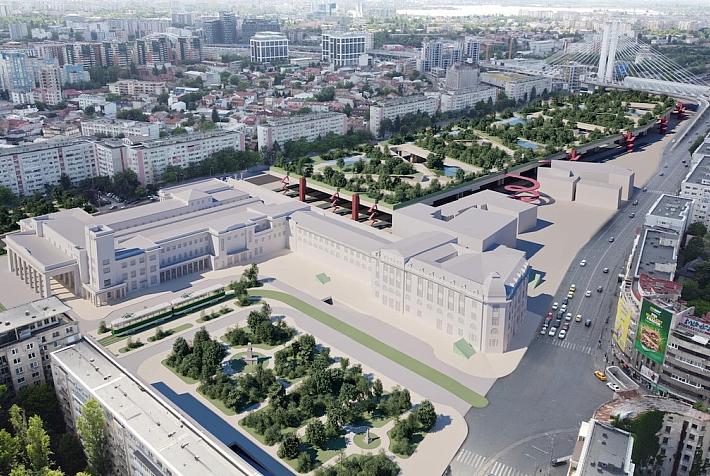(P) How digital transformation on all levels will support the Post COVID-19 world

Digital connectivity is key to restarting economies all over the globe, with telecom services proven to be critical in the post-COVID-19 world.
“Preparing for the new normal has increased the demand for faster digital transformation, and with it, the urgency for new telecom policies with government and ecosystem support. Underpinned by 5G, Cloud, IoT and AI, ecosystem collaboration between governments, industries, enterprises and service providers is the catalyst for the digital transformation that will reignite the economy, and help secure everyone's personal and financial safety in the future,” wrote Jeffery Liu, President of Huawei Asia Pacific, in TheEdgeMarkets.com.
He cites the IMF with its negative economic growth outlook for the remainder of 2020, but also with anticipated strong growth in 2021, which should drive governments and regulators to act quickly to overcome the immediate economic impact in 2020.
While many countries have yet to flatten the curve, several in Asia and Europe have begun to relax restrictions to revive their economies.
Globally, governments have announced stimulus packages to address the standstill resulting from forced shutdowns, employment furloughs, and social distancing orders. Countries like China and South Korea, where the first wave impact has been more or less addressed, have announced new business continuity plans while closely monitoring for any new waves of Covid-19 cases.
Jeffery Liu mentions the work from home trends, remote learning remotely, increasing online shopping and use of delivery services to minimize travel and outdoor activity. Travel restrictions and work from home options actually accelerated digital transformation, according to Analysys Mason Research, so telecom operators now have to upgrade their services to meet new capacity demands.
Back in March, Asean economic ministers decided to use technologies and digital trade to help businesses, especially the micro, small and medium enterprises (SMEs), to continue operations amid the Covid-19 outbreak.
Using artificial intelligence, IoT, automation, and robotics gives manufacturing firms a better chance of rapidly increasing production when the economy recovers, according to the Economic Research Institute for Asean and East Asia (ERIA).
“Given the foundational role ICT infrastructure has played in helping manage the current pandemic, governments are even more aware of the productivity and socioeconomic benefits brought forth by ubiquitous broadband communication and cloud services. This is further substantiated with the recent 11 regulatory recommendations made by GSMA that are aimed to strengthen connectivity during the Covid-19 crisis,” said Jeffery Liu, President of Huawei Asia Pacific.
He cites the situation in Malaysia, where, while working together with the Ministry of Health, he found that digital solutions have provided critical connectivity between global and local healthcare experts and frontline medical professionals. It allowed them to conduct online consultations for more effective diagnosis and treatment with faster identification and less spread of infection.
Meanwhile, in the Philippines, over 50 hospitals are to deliver service assurance using AI based forecast tools to anticipate traffic growth, prevent network congestion due to increased traffic and ensure sufficient capacity to sustain voice and data communication services. With innovative solutions, telecom operators have been able to increase the capacity of the entire National Capital Region (NCR) area by 10% in less than a week.
In the following months, digital healthcare infrastructure will be critical in preparing for the next wave of infection: the ability to monitor patients remotely, isolate infection prone areas with robots, and protect frontline healthcare workers with remote treatment and consultation. Digitalization will accelerate, which in turn will require ICT infrastructure development, for high throughput, low latency, security, and fast service provisioning scenarios at the same time.
Digital video is now centerfold for effective communication, publicly and privately: from social media and remote work, to including e-Education, telemedicine, manufacturing and more. “Efficient and flexible high definition video solutions have already become the new norm and a critical component to business and economic continuity, and this will continue post-pandemic,” said Jeffery Liu.
Many telecom operators have already stepped up in boosting critical capacity and coverage. “It is now abundantly clear that the powerful convergence of broadband and 5G, Cloud, Internet of Things (IoT), and Artificial Intelligence (AI) is a common fundamental requirement for larger digital transformation, and we need to accelerate its adoption for future emergency readiness and sustainable economic growth,” concluded the Huawei executive.
Photo source: courtesy of theedgemarkets.com
(p) - This article is an advertorial.











